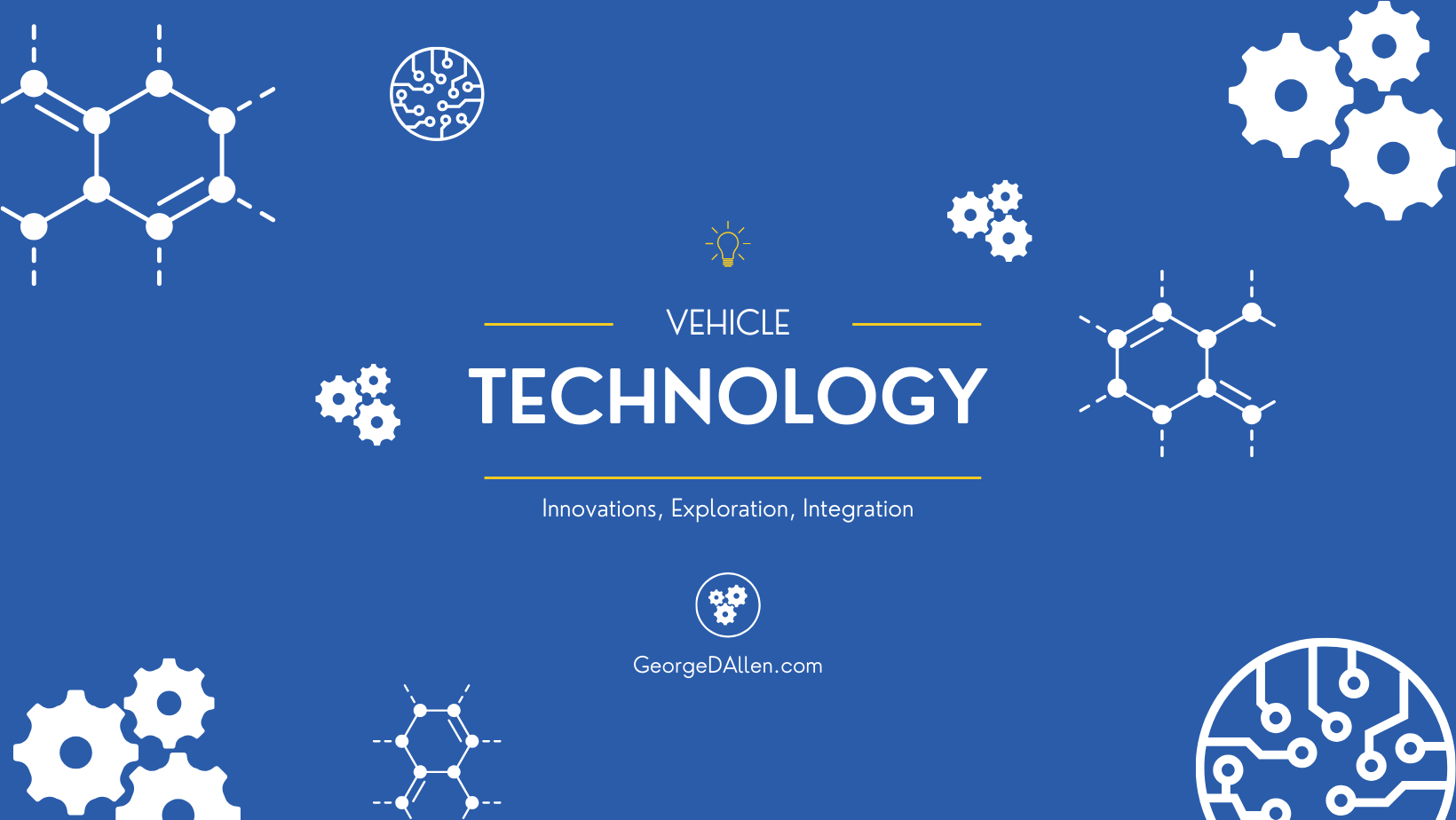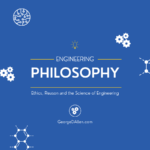New Vehicle Recall Analysis: How to Create a System Failure

Vehicle Recall Analysis: How Undefined Usecases Created a Systemic Failure
Excerpt from the forthcoming book – Applied Philosophy III – Usecases
Vehicle Recall Analysis: When Compliance Meets Reality
Vehicle Recall Analysis often reveals more than a faulty component — it exposes a failure in comprehension.
In 2023, one of the industry’s most advanced passenger-sensing systems triggered a large-scale recall.
Customers reported airbag warnings under normal conditions.
Dealers discovered that, in cold weather and low sunlight, the passenger seat sensor occasionally declared “empty” even when the seat was occupied.
No single part had failed.
However, the underlying issue was systemic — an engineering disconnect between requirements, verification coverage, and supplier integration.
Therefore, the case now stands as a model example in Applied Philosophy III – Usecases, showing how complexity itself can conceal failure until the real world reveals it.
Requirements Definition: The Ambiguity that Started It
The system’s top-level requirement read:
“The passenger-occupancy sensor shall detect an adult occupant under all normal operating conditions.”
At a first glance, it looked complete, yet it contained the seed of failure: normal.
No quantitative limits, no environmental boundaries, no explicit Usecases.
Hence, the statement assumed a shared understanding that never existed.
Generally, for the OEM, normal meant any foreseeable climate; for the supplier, it meant the laboratory environment used for validation.
Because the requirement was unbounded, both interpretations were technically correct — and jointly wrong.
In Systems Engineering terms, this was a boundary failure: a requirement defined by assumption rather than measurable truth.
Automotive Verification: Testing Without Representation
Overall, verification planning mirrored the same ambiguity.
Testing covered temperatures from –10 °C to +40 °C — adequate for electronics but insufficient for a sensor based on infrared emissivity.
The verification matrix traced requirements to procedures but not to Usecases — no structured representation of real-world conditions such as radiant heat, clothing reflectivity, or seating geometry.
A Usecase-based approach would have defined these explicitly:
- Principal Usecase: adult occupant seated at nominal temperature and illumination.
- Iterative Factors: temperature (–40 to +85 °C), emissivity, clothing insulation, solar exposure.
- Family of Usecases: all logical combinations within bounded increments (ΔT, ΔLux, ΔEmissivity).
Without this family, the team verified compliance to text, not to reality.
Test Coverage and Context
Laboratory testing validated the sensor’s electrical output against static weight loads.
Dynamic scenarios — partial seating, motion, radiant heat from HVAC outlets — were treated as edge cases, postponed until system integration.
By then, the architecture was frozen.
The missing coverage wasn’t discovered until fleet monitoring began in cold regions.
Verification must begin with context.
A test is meaningful only when the Working Model can simulate the Usecase completely.
Without an accurate model of occupant, environment, and sensor physics, no test result can represent truth.
Supplier Integration and Ownership
The sensor supplier delivered an elegant product — auto-calibrating, temperature-compensated, and AI-assisted.
Yet those calibration routines were sealed inside proprietary firmware.
The Tier 1 integrator treated them as constants; the OEM never modeled them.
When the system entered production, those hidden routines drifted outside their calibrated range under extreme conditions.
No one “owned” the interface between supplier logic and vehicle-level function.
Integration lacked a Usecase boundary, leaving performance undefined between domains.
Systemic Root Cause and the Usecase Library
Every link in the chain — requirement, verification, testing, integration — failed for the same reason: the absence of a structured Usecase Library.
Without it, no one could define where comprehension ended and assumption began.
Usecases serve as the finite substitute for infinity.
They bound each variable — temperature, illumination, position — within limits that make knowledge measurable.
Verification becomes a repeatable act only when these limits are declared, modeled, and shared across all suppliers.
AI-Driven Verification: The Modern Partner
AI in safety validation now provides the scale traditional methods cannot.
Once the principal Usecase is defined, AI tools can:
- Generate families of Usecases across parameter increments.
- Identify redundant combinations and remove overlap.
- Detect regions where system behavior changes sharply — ideal for focused testing.
Moreover, by turning infinite variability into finite, intelligent exploration, AI restores balance between imagination and verification.
The model doesn’t chase every possibility; it studies the ones that matter.
From Recall to Framework
This recall became an inflection point for the OEM’s safety engineering organization.
The lesson was not about hardware but about comprehension discipline.
Defining what is to be known is the first act of Systems Engineering; proving it is the second.
Both depend on the structured language of Usecases.
In Applied Philosophy III – Usecases, this case demonstrates finite comprehension in action — where bounded reasoning prevents unbounded loss.
Finally, quality is not born of redundancy but of clarity; verification is not an activity but the realization of understanding.
Conclusion: Key Takeaway - Vehicle Recall Analysis
In conclusion, Vehicle Recall Analysis shows that systemic failures rarely start with bad sensors.
Hence, they start with undefined boundaries — assumptions that never became Usecases.
Therefore, a disciplined Library of Usecases, supported by AI, turns assumptions into measurable truth and converts uncertainty into engineering standard work.
In that transformation lies the essence of Applied Philosophy III:
to make comprehension finite, verification reproducible, and engineering accountable.
(© 2025 George D. Allen — Excerpt and commentary from “Applied Philosophy III – Usecases.”)
References:
- https://georgedallen.com/new-engineering-ethics-fundamentals-of-product-development/
- https://georgedallen.com/objectivist-philosophy-in-new-engineering-ethics/
- European Commission. Regulation (EU) 2023/1542: https://eur-lex.europa.eu/eli/reg/2023/1542/oj/eng
- As documented in the 2023 NHTSA recall data set (Campaign 23V-XXX), a leading OEM’s occupant detection system exhibited behavior consistent with undefined boundary conditions — precisely the scenario analyzed in this excerpt: https://www.nhtsa.gov/recalls
About George D. Allen Consulting:
George D. Allen Consulting is a pioneering force in driving engineering excellence and innovation within the automotive industry. Led by George D. Allen, a seasoned engineering specialist with an illustrious background in occupant safety and systems development, the company is committed to revolutionizing engineering practices for businesses on the cusp of automotive technology. With a proven track record, tailored solutions, and an unwavering commitment to staying ahead of industry trends, George D. Allen Consulting partners with organizations to create a safer, smarter, and more innovative future. For more information, visit www.GeorgeDAllen.com.
Contact:
Website: www.GeorgeDAllen.com
Email: inquiry@GeorgeDAllen.com
Phone: 248-509-4188
Unlock your engineering potential today. Connect with us for a consultation.

